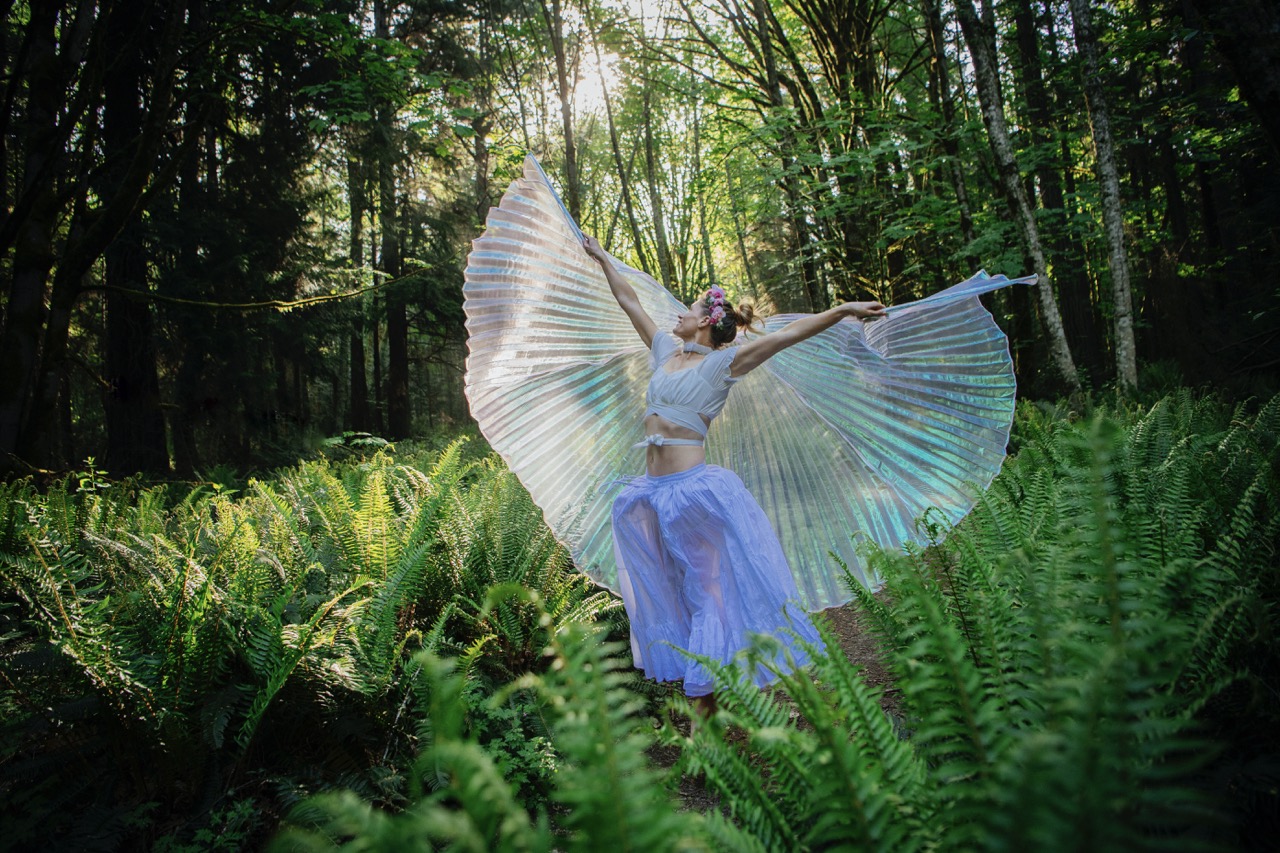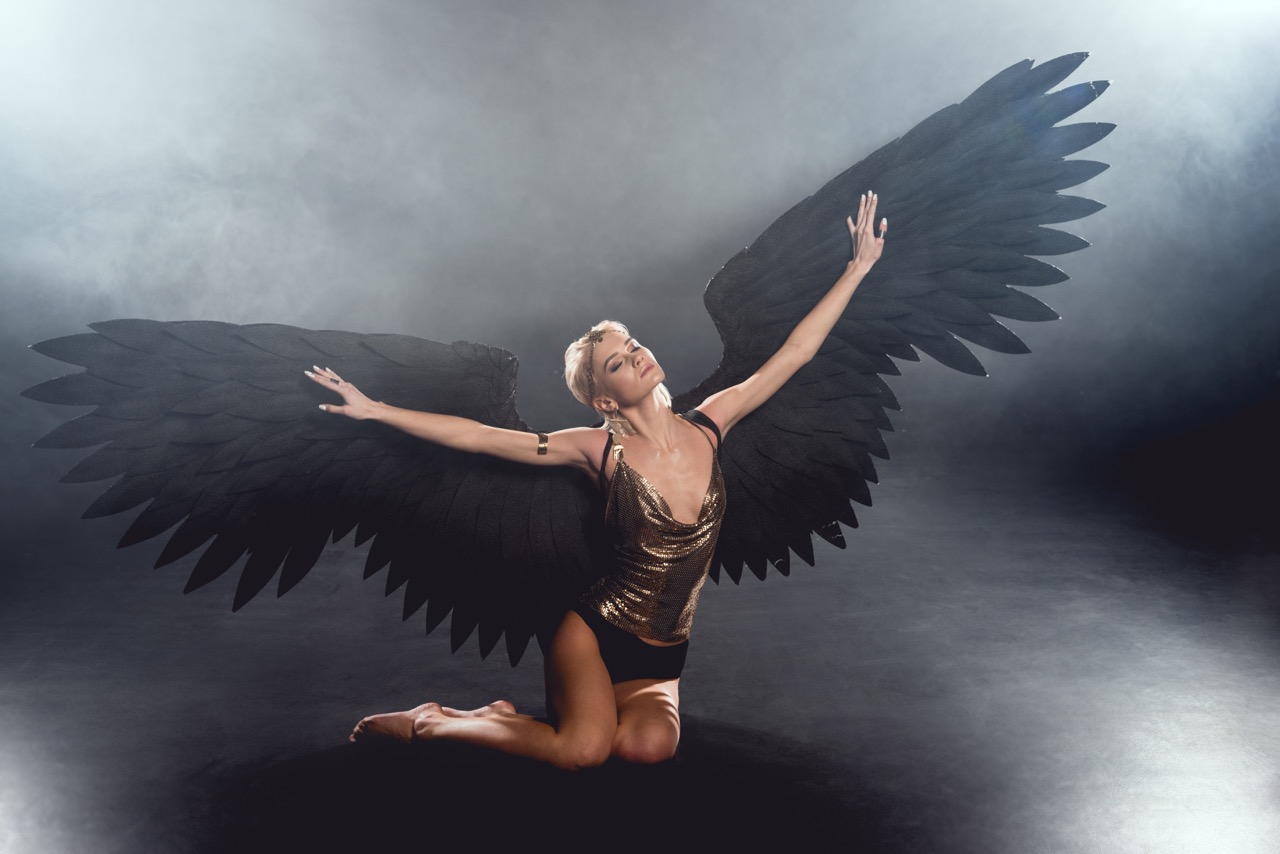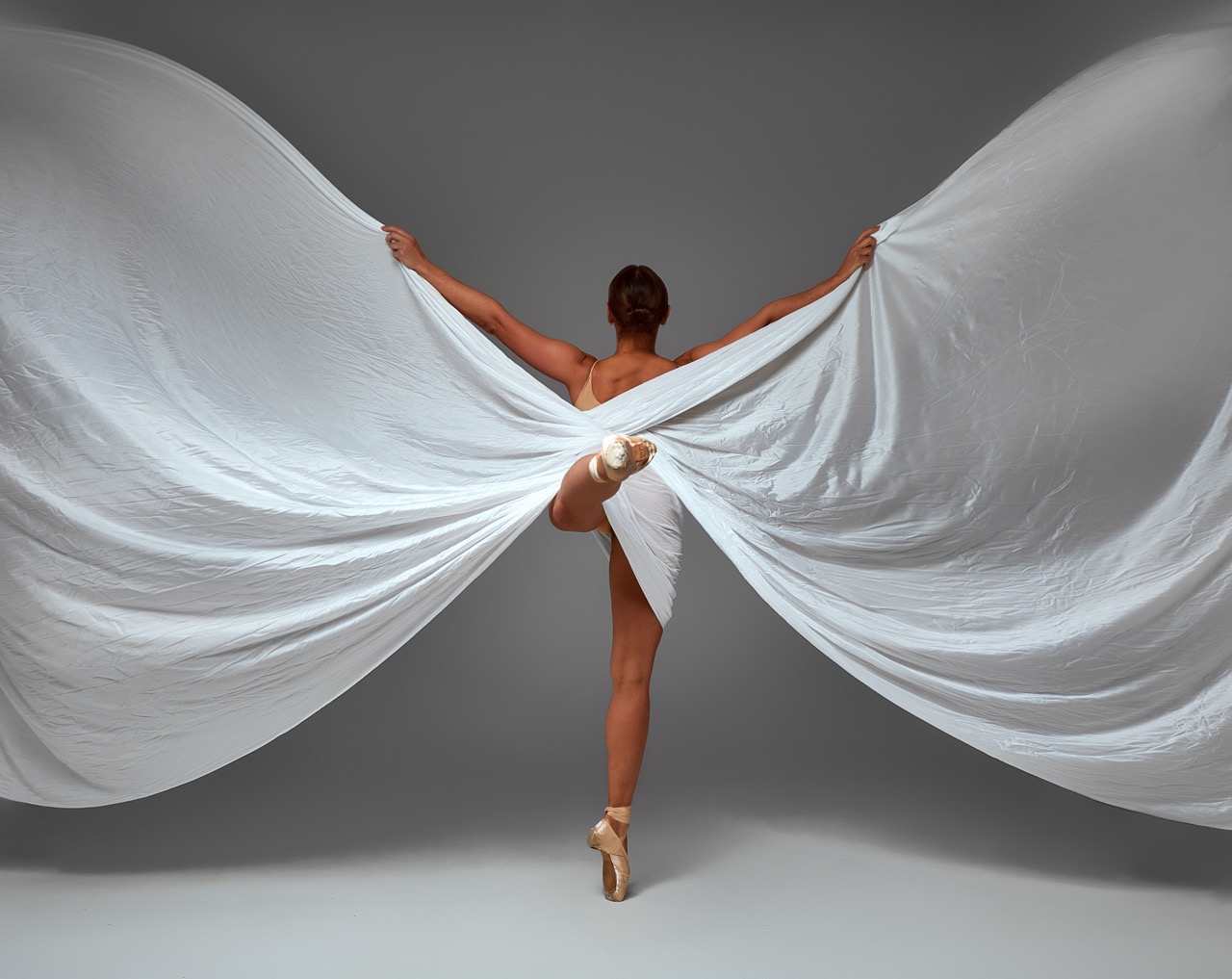Dance has long been a universal language, transcending barriers and connecting people through rhythm, movement, and emotion. Among the many embellishments that enhance the artistry of dance, dance wings stand out as a powerful tool for expression and storytelling. These flowing garments, often crafted from silk, chiffon, or other lightweight fabrics, are not merely decorative; they serve to amplify the dancer’s movements, creating an ethereal quality that captivates audiences. This article explores the rich tapestry of dance wings within cultural dance and traditional performances, examining their significance, symbolism, and the way they contribute to the global dance narrative.
The Art of Dance Wings: A Cultural Odyssey Unveiled
The origins of dance wings can be traced back to various cultures around the world, each adapting the concept to fit their unique traditions and narratives. In Middle Eastern dance, for example, wings are often used to create a mesmerizing visual effect, allowing the dancer to embody the spirit of mythical creatures or divine beings. The fluidity and grace of the fabric, when combined with the dancer’s movements, evoke a sense of freedom and transcendence that resonates deeply with audiences. This intricate art form is not merely a performance but a cultural odyssey that celebrates the rich histories and stories of the people who perform it.
In contrast to their Middle Eastern counterparts, dance wings in Southeast Asian traditional performances may be more structured, often symbolizing specific cultural motifs or natural elements. The Balinese legong dance features dancers adorned with elaborate wings that mimic the movements of birds, representing grace and beauty. Each flutter and flourish of the wings is imbued with meaning, inviting the audience to connect with the cultural narratives and spiritual beliefs of the region. This interplay between garment and movement highlights the artistry involved in creating a captivating visual experience within cultural contexts.
The artistry of dance wings extends beyond mere aesthetics; they are a testament to the ingenuity and creativity of the cultures that embrace them. From the vibrant colors and intricate patterns to the careful craftsmanship involved in creating these garments, each piece reflects a unique cultural identity. As such, dance wings serve as a bridge between the past and present, allowing new generations of dancers to carry forward the legacy of their ancestors while adding their own contemporary flair.
Traditional Performances: Where Movement Meets Heritage
Traditional performances are often a celebration of cultural heritage, encapsulating the values, beliefs, and stories of a community. Dance wings play a pivotal role in these performances, enhancing the impact of storytelling through movement. As dancers glide across the stage, the wings can transform ordinary choreography into a dramatic spectacle, captivating the audience’s attention and evoking emotion. This synergy between wings and movement creates a powerful visual narrative that brings the essence of the culture to life.
In many cultures, traditional dance forms are performed during significant ceremonies, festivals, or rituals, where dance wings become an integral part of the choreography. For instance, in the traditional dances of Native American tribes, dancers might use feathers or wing-like elements to symbolize their connection to the spirit world. Each movement, accompanied by the fluttering of these garments, resonates with the stories and ancestral ties that are essential to the community’s identity. This connection to heritage fosters a sense of belonging and pride, as performers embrace their cultural roots.
Moreover, the incorporation of dance wings in traditional performances often serves to educate audiences about the history and significance of the dance form. As spectators witness the layers of meaning conveyed through movement and costume, they gain insight into the cultural narratives that shape the dance. This educational aspect not only preserves the art form but also promotes cultural appreciation and understanding, ensuring that traditional performances continue to thrive in a rapidly changing world.
Symbolism and Expression: Dance Wings in Context
The symbolism of dance wings extends beyond their physical beauty; they are imbued with cultural significance that varies from one tradition to another. In many African dance forms, for instance, wings may represent the spirit of ancestors or the connection to nature, reinforcing the belief in the unity of all living things. These symbolic elements transform the dance into a profound expression of identity, spirituality, and community, allowing performers to engage with their heritage on a deeply personal level.
In addition to their cultural symbolism, dance wings serve as a medium for individual expression. Dancers often interpret the movements and aesthetics of the wings according to their personal experiences and emotions, imbuing each performance with a unique energy. This personalized approach not only enhances the artistic quality of the dance but also allows the audience to connect with the performer on a more intimate level. The dancers become storytellers, using their bodies and wings to convey emotions that resonate universally, transcending cultural boundaries.
Ultimately, the use of dance wings in cultural dance is a celebration of diversity. Each movement, each flutter, contributes to a mosaic of expression that reflects the richness of global traditions. As dancers around the world embrace the artistry of dance wings, they not only honor their own heritage but also invite others to share in the beauty of their stories. This exchange fosters a deeper understanding and appreciation of diverse cultures, reinforcing the role of dance as a powerful tool for connection and empathy.
Celebrating Diversity: The Global Impact of Dance Wings
The phenomenon of dance wings has not remained confined to specific cultures; their influence has spread globally, inspiring contemporary dance forms and performances across various artistic platforms. In modern dance, choreographers have integrated the concept of dance wings into innovative routines, redefining their use and expanding their expressive potential. This blending of traditional and contemporary styles exemplifies the dynamism of cultural exchange, where dance wings become a symbol of both heritage and modernity.
Moreover, dance wings have found their way into global dance festivals and competitions, allowing artists from different backgrounds to showcase their interpretations of this captivating element. These platforms not only celebrate individual creativity but also encourage collaboration among dancers from diverse cultures. By sharing techniques, styles, and stories, performers contribute to a richer understanding of the global dance community, fostering an environment of inclusivity and respect.
As societies continue to evolve, the significance of dance wings remains ever-relevant. They serve as a reminder of the beauty and complexity of cultural identities, while also promoting dialogue and connection among people from different walks of life. By celebrating diversity through dance wings, we not only honor our own histories but also pave the way for future generations to explore and express the multifaceted nature of human experience.
The allure of dance wings in cultural dance and traditional performances is a testament to the power of movement as a form of expression. More than mere embellishments, they encapsulate the stories, values, and identities of diverse cultures, inviting audiences to embark on a journey through rhythm and artistry. As dancers continue to innovate and adapt these beautiful garments across the globe, the legacy of dance wings will undoubtedly endure, reminding us of the richness of our shared human experience. In a world that thrives on connection, the art of dance, enhanced by the elegance of wings, stands as a vibrant celebration of diversity, unity, and the timeless spirit of cultural expression.









